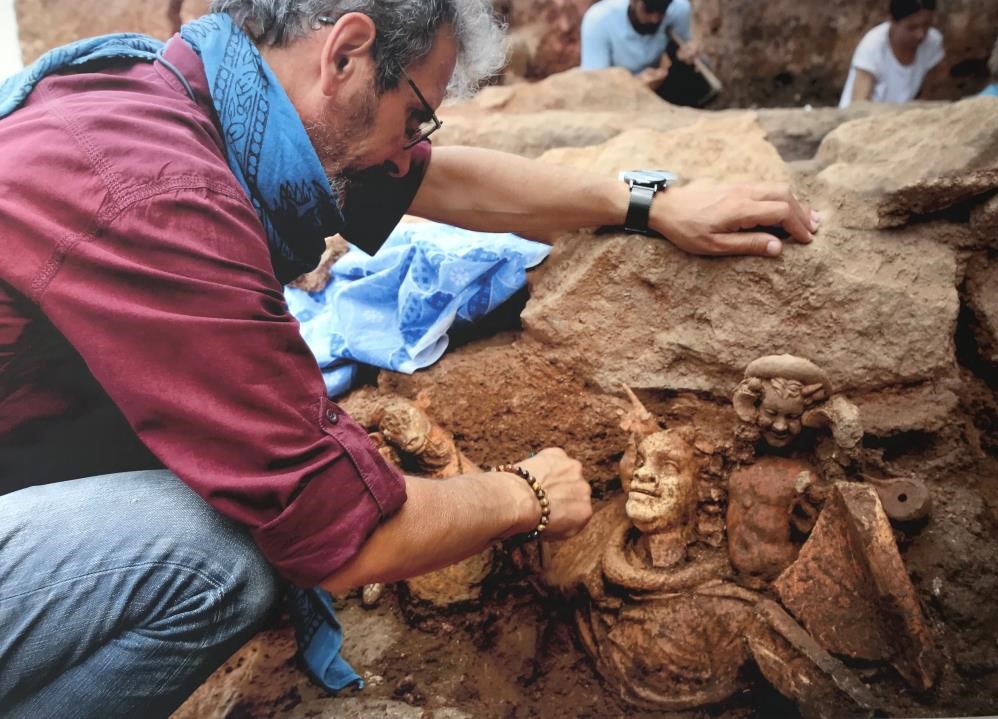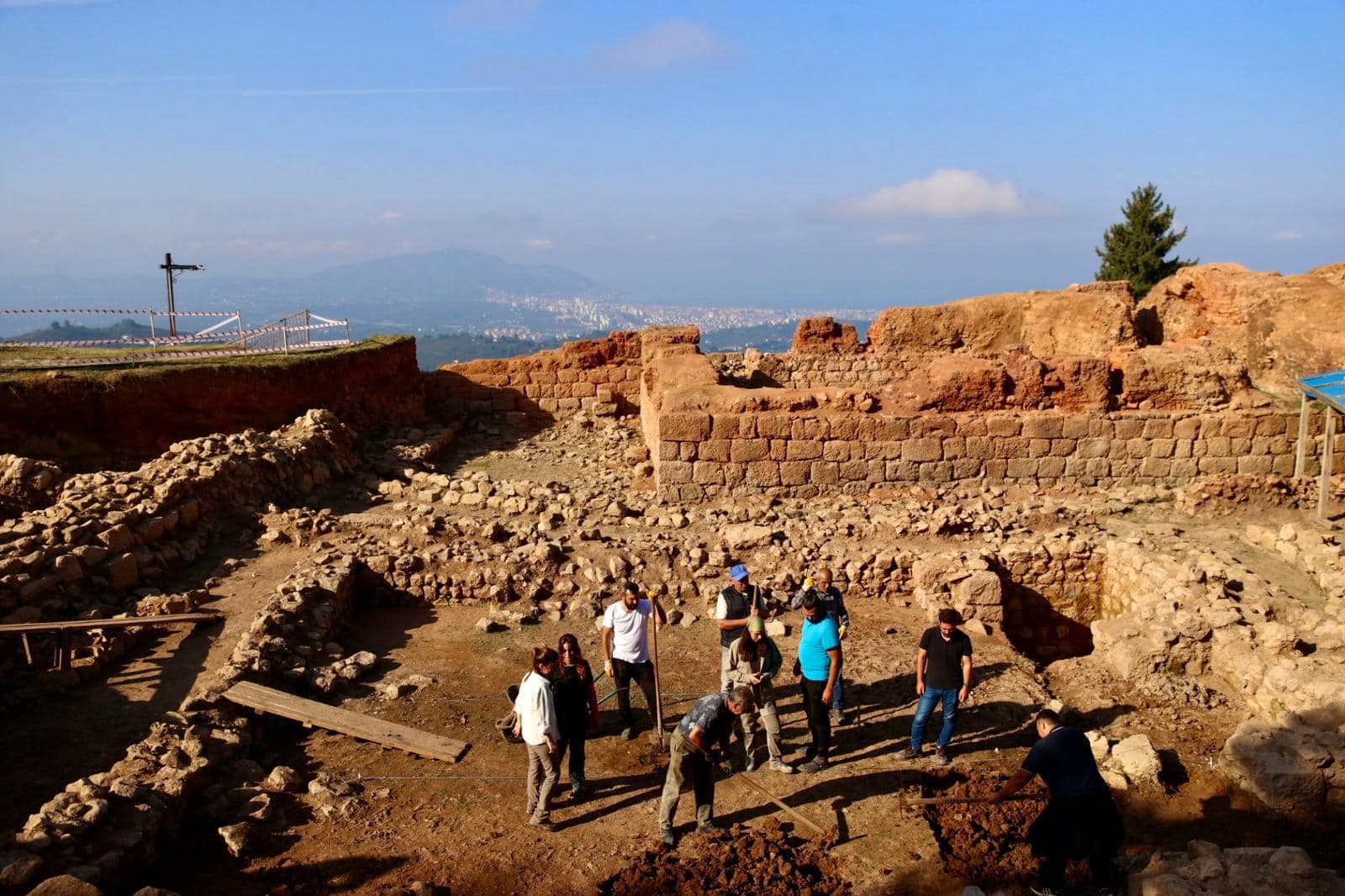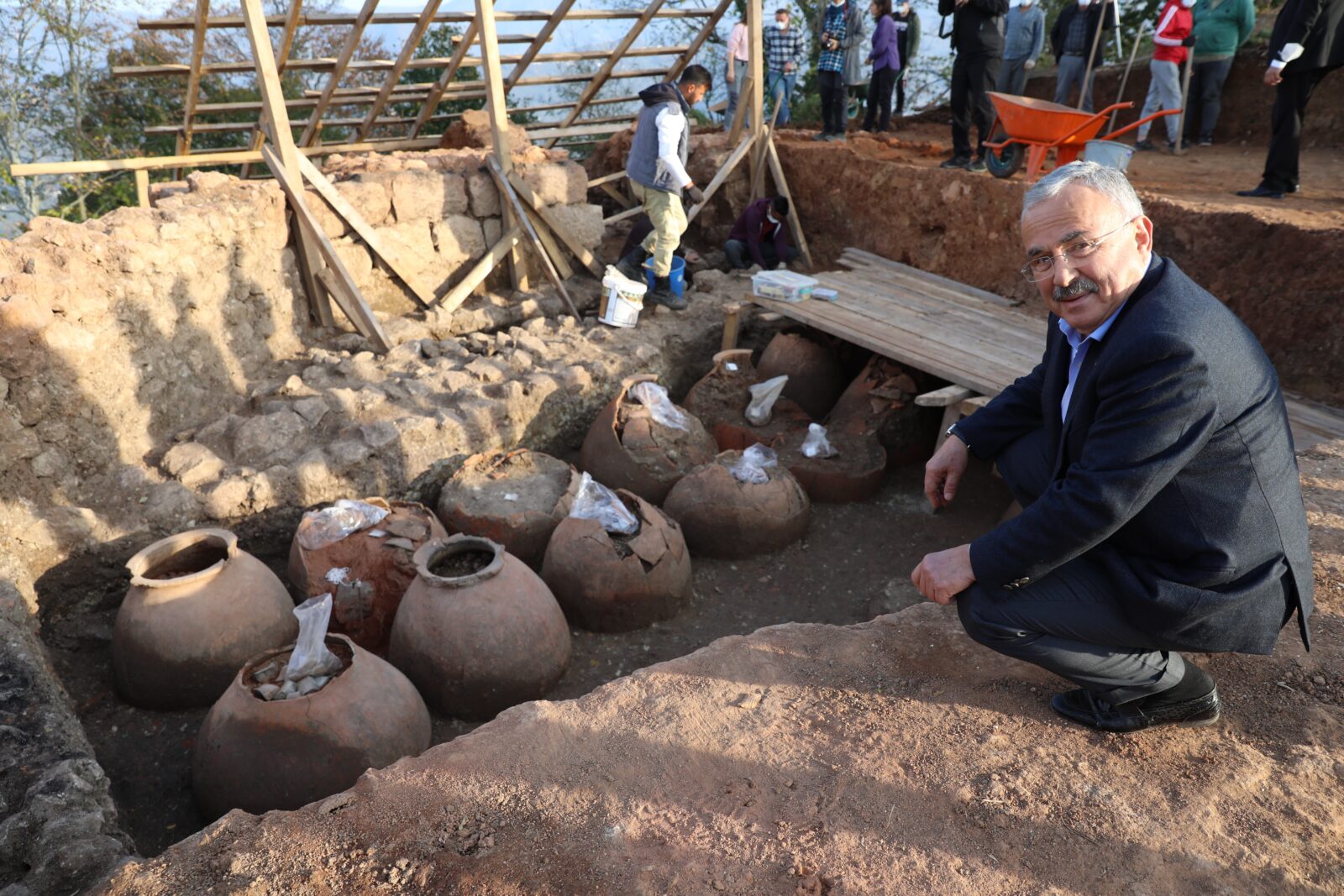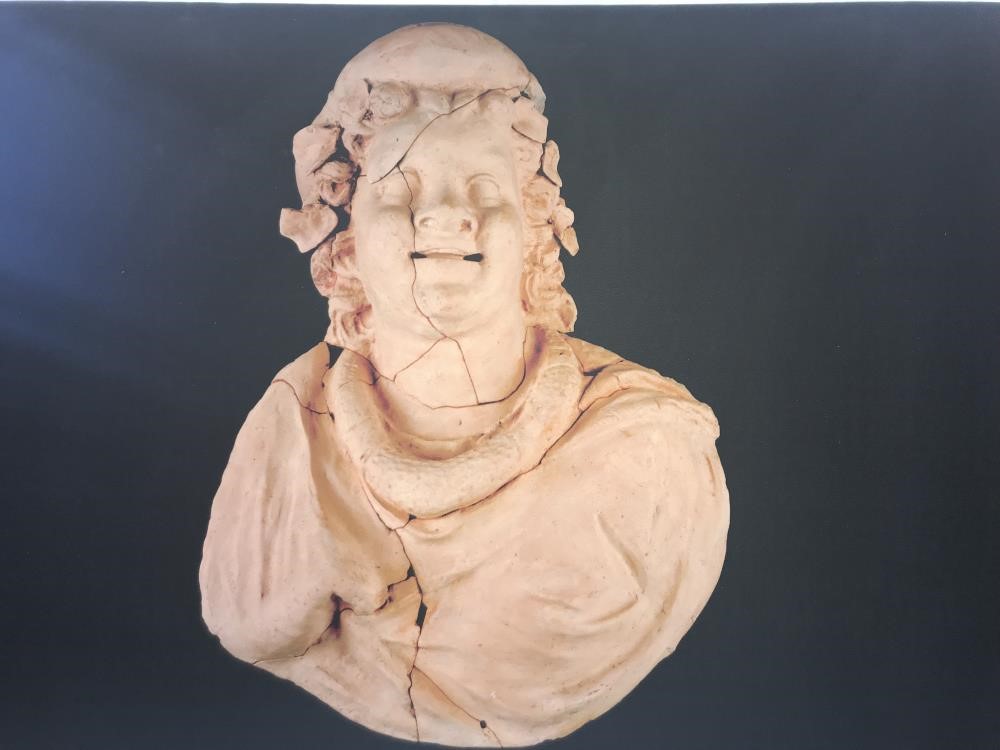
A major archaeological discovery has taken place at Kurul Castle in Ordu, revealing the hidden history of the region. Supported by the Ordu Metropolitan Municipality, the castle, which dates back 2,300 years, has yielded nearly 2,000 artifacts, including statues, figures, and other historical treasures.
This ancient site is now considered the first scientific archaeological excavation site in the Eastern Black Sea region.

Kurul Castle, located in Bayadi, Altinordu district, was built during the reign of King Mithradates VI, who ruled between 120 and 63 B.C. and was known for his defiance of the Roman Empire.
Under the leadership of Professor Suleyman Yucel Senyurt from the Archaeology Department of Ankara Haci Bayram Veli University, a team of six archaeologists and 15 workers have been excavating the site, bringing to light a range of artifacts, including the iconic Kybele (Cybele) Statue, along with figures of Dionysos, Pan, and goat-shaped animal statuettes.

Excavations have revealed some extraordinary pieces, including two smaller Kybele statuettes, protomes of the fertility god Dionysos, and a new horned Dionysos protome discovered within the castle's northern terrace gate.
Additionally, the findings included an Apollo figure, a bronze Herme, and an eagle figurine, as well as a bull rhyton adorned with ivy motifs. Other items such as bronze door keys, horse figures, onyx necklaces, axes, arrowheads, spear tips, clay lamps, pottery, sandstones, and coins were also unearthed.

Ordu Metropolitan Municipality's Mayor, Mehmet Hilmi Guler, emphasized the city’s archaeological significance, highlighting the municipality's support for the excavations. "History is literally bursting from Ordu," said Mayor Guler.
"We are dedicated to preserving these archaeological treasures. There used to be a notion that the Black Sea region was less rich in archaeological artifacts compared to Central Anatolia and the Aegean. We are proving the opposite. The items we have uncovered here contribute immensely to our cultural heritage, and we are in the process of establishing an archaeology museum to display them."

With the ongoing discoveries, Ordu is emerging as a major attraction not only for its natural beauty but also for its archaeological wealth.
Mayor Guler believes that the city and the Black Sea region can become a new center of cultural tourism, bringing visitors eager to explore the relics of the past.

The archaeological discoveries at Kurul Castle not only rewrite the historical narrative of the Black Sea region but also establish Ordu as a burgeoning center of cultural tourism. As more treasures are uncovered, the city continues to shine as an essential destination for history enthusiasts, contributing to Türkiye's diverse and rich heritage.